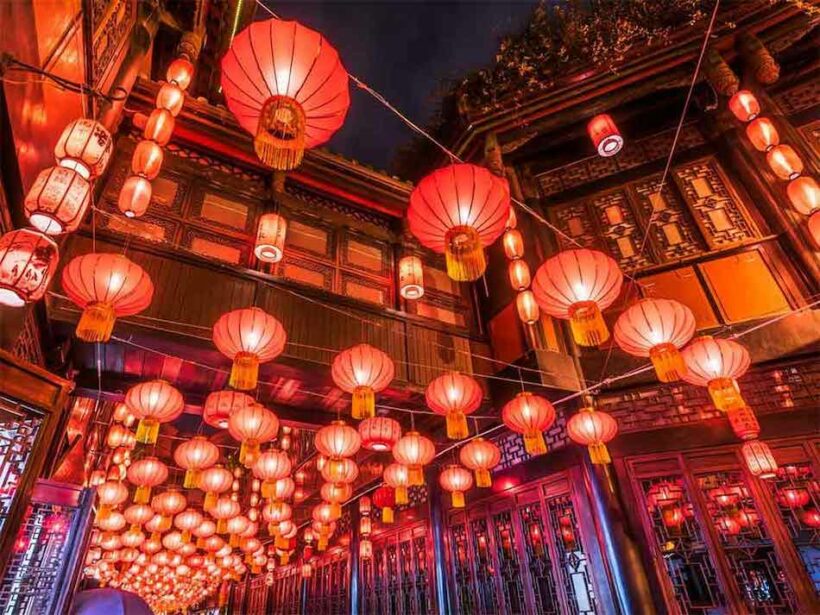The Chinese end their New Year celebrations today with the Lantern Festival, where light is the protagonist thanks to the first full moon and the lanterns displayed in every corner of the country.
The final event of the season falls on the 15th day of the first lunar month and is usually a time for lion dances, acrobatics, ancient drum music and the Dragon Dance.
The latter is a colourful parade of figures of the mythical being made of paper, silk and bamboo.
According to custom, the most significant part is at night when the decorated lanterns are lit, children carry them through the streets and solve riddles. It is also customary to see families gather to eat sweet rice dumplings for good fortune and unity.
The setting off of fireworks and firecrackers is a custom that has diminished due to environmental pollution.
This festival is thousands of years old and in ancient times the lanterns were quite simple, only emperors and nobles had large and decorated lanterns.
Like many Chinese traditions, its origin is surrounded by various legends and one of them says that it is a celebration of “the decreasing darkness of winter” and the community’s ability to “move at night with artificial light”, i.e., lanterns.
During the Han dynasty, it was associated with Ti Yin, the deity of the North Star, while another myth states that it is the birthday of Tianguan, the Taoist god responsible for good luck and fond of all kinds of entertainment.
The custom has survived to the present day and marks the end of the Spring Festival, the most important festival in Chinese culture because it welcomes the new year.
The current cycle of the lunar calendar opened on 22 January and since that day China has been in its 4721st year under the influence of the Rabbit, an animal that according to mythology is the most auspicious of all and embodies prosperity, happiness and longevity.






